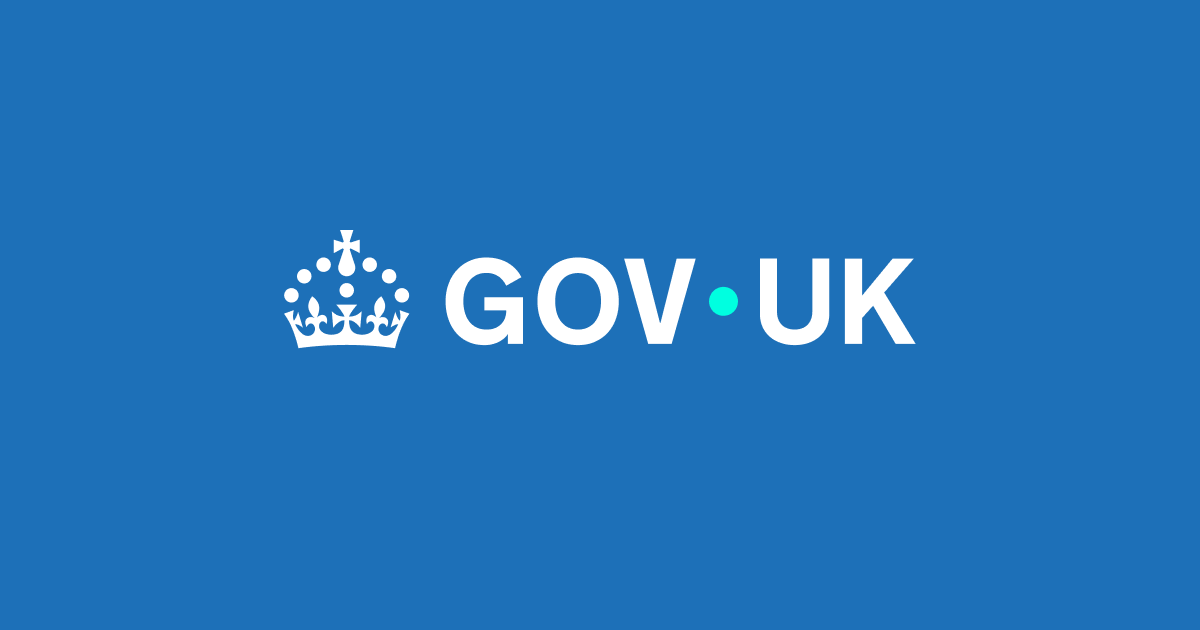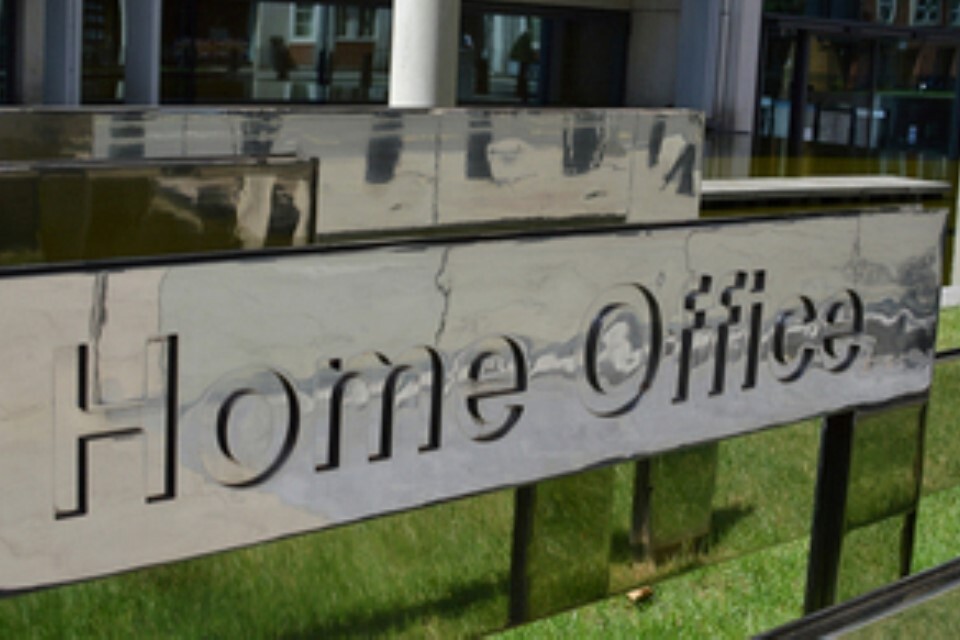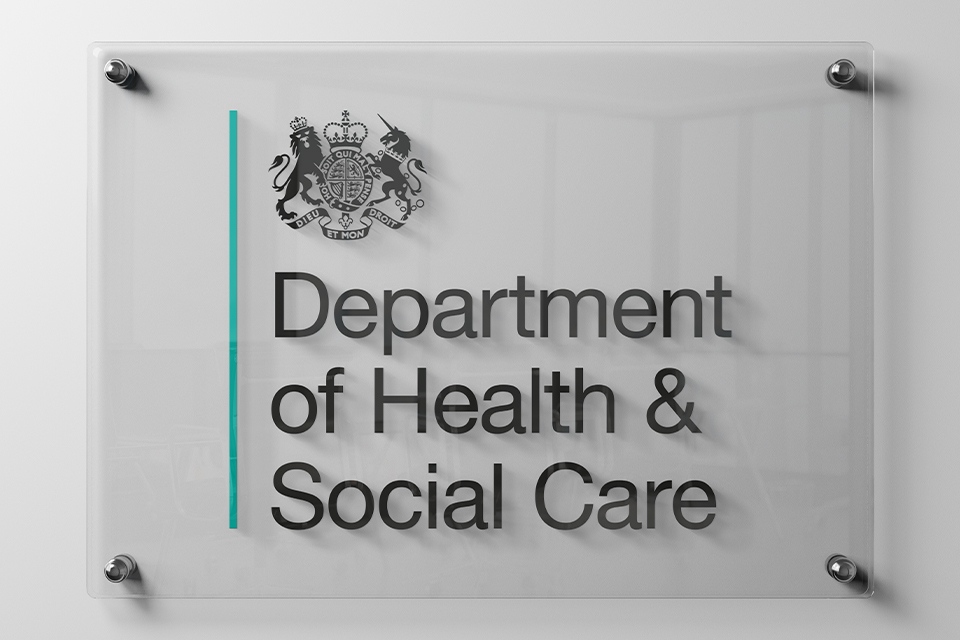Last weekend, negotiators from the US and China met in Geneva to try to make progress on reducing bilateral tariffs that had exceeded 100%, albeit with a number of exclusions. The results were better than expected. The two countries agreed to lower tariffs for 90 days – the US cut headline tariffs from 145% to 30% and China cut their headline rate from 125% to 10%. Equity markets, particularly in the US, rose this week, continuing a recovery that really began after the US first announced a tariff delay (excluding China) on April 9th. US equities have risen above where they were on April 1st, before “Liberation Day”.
How should we think about this?
We think there are a few points worth making. We’re currently in a better place than we might have feared in the first week in April. The steep reciprocal tariffs initially announced have been reduced, if only temporarily. That should reduce some of the risks around growth and inflation. We think equity investors have reacted to that.
But we don’t think the risks on trade have disappeared. The 90-day pause will end. The early signs are that we might see enough of an agreement for all sides to declare victory, but that’s not guaranteed.
It’s also worth highlighting that even in a benign scenario we’re almost certainly not going back to a pre-April 2nd world. According to estimates from Barclays, the weighted-average US tariff (weighted by trade) is currently around 14% – compared to around 2.5% six months ago. The impact won’t be as profound as we might have feared, but it should still weigh at least a bit on growth and sentiment.
It’s tough to remember at times, but tariffs are not the only story. First quarter earnings in the US were pretty strong and under normal circumstances that would have been supportive for US equities. According to Factset, more than 75% of S&P 500 companies reported better than expected earnings in the first quarter – which is above the long-term average. In terms of growth, it looks like earnings grew around 13% year-on-year (not all companies have reported), the second consecutive quarter of double digit annual earnings growth.
Is the world in a better place than it was at the end of March?
On balance, we’d say no. Tariffs are a little higher than we might have feared, although nowhere near where they were on April 15th. And we still think that could have an impact on growth and inflation. Corporate earnings have generally been stronger than expected, even if they didn’t yet factor in any impact from the rise in tariffs and the general policy uncertainty.
Beyond tariffs and earnings, there are a range of issues to keep in mind. Just to choose a couple of topics. We think the US budget debate will get more focus over the coming weeks, particularly around the potential for tax cuts and the size of the overall fiscal deficit. Another consideration is around anti-trust cases against some of the large US technology companies. Any action would likely take a long time, given a long appeals process, but it remains a tail risk that could get greater attention over the coming months. On the macro side, we are mindful that domestic demand in the US has slowed a bit. We continue to see some signs of pressure among lower income consumers in the US, as highlighted by the rising delinquencies in auto-loans (see chart below).
What does it mean for portfolios?
During the market uncertainty in April, we didn’t make changes to most of our portfolios. The sharp move down and subsequent recovery are a reminder that it’s tough to time markets, particularly in very volatile periods.
That said, over the past few days, we’ve taken advantage of the market recovery to reduce our equity exposure slightly. We’ve generally diversified our geographic exposure, by reducing some of our longer-duration US treasury ETFs. We’ve also introduced a minimum volatility equity ETF in some higher risk portfolios that is exposed to companies that have been less volatile than the global equity market. The goal here has been to reduce some of the portfolio risk in the event that we continue to see heightened market volatility, while continuing to participate should equity markets continue to move higher.
*As with all investing, financial instruments involve inherent risks, including loss of capital, market fluctuations and liquidity risk. Past performance is no guarantee of future results. It is important to consider your risk tolerance and investment objectives before proceeding.









